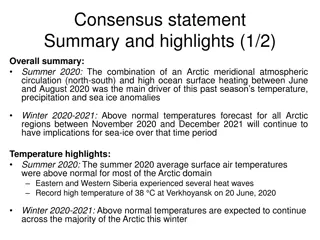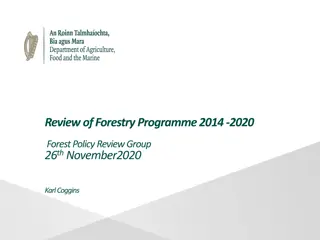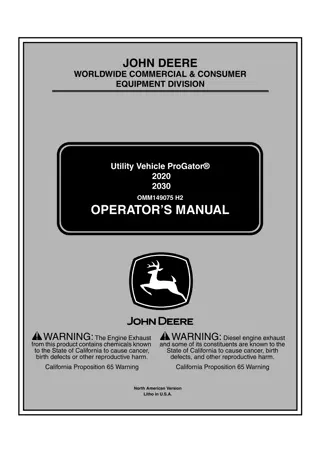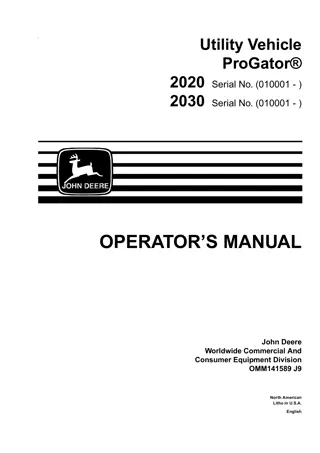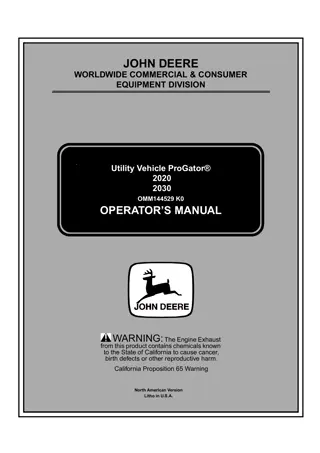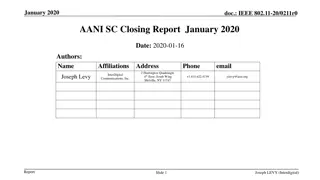
Understanding Organic Oxidation and Reduction Processes
Learn about oxidation and reduction reactions in organic compounds, the role of oxidizing and reducing agents, and the impact on environmental conditions. Explore the difference between abiotic and biotic reactions, as well as the common oxidants and reducers found in natural environments.
Download Presentation

Please find below an Image/Link to download the presentation.
The content on the website is provided AS IS for your information and personal use only. It may not be sold, licensed, or shared on other websites without obtaining consent from the author. If you encounter any issues during the download, it is possible that the publisher has removed the file from their server.
You are allowed to download the files provided on this website for personal or commercial use, subject to the condition that they are used lawfully. All files are the property of their respective owners.
The content on the website is provided AS IS for your information and personal use only. It may not be sold, licensed, or shared on other websites without obtaining consent from the author.
E N D
Presentation Transcript
Oxidation Oxidation occurs when an organic loses (donates) one or more electrons to an oxidizing agent (electron acceptor). Abiotic oxidation reactions are typically very slow or nonexistent under environmental conditions. The most common natural oxidants are molecular oxygen, Fe(III), and Mn(III/IV). These are to be contrasted with the potentially rapid oxidations that occur with photochemically produced oxidants such as H2O2, O3, the free radicals such as hydroxyl (-OH) and peroxy (- OOR), and other reactive species such as singlet oxygen O2. Strong oxidizing agents such as H2O2, O3, permanganate), and various chlorine species (e.g., Cl2, ClO2) can oxidize organics during water and wastewater treatment Reduction Reduction occurs when an organic gains (accepts) one or more electrons from a reducing agent (electron donor). Highly oxidized organics (e.g., highly chlorinated organics and nitroaromatics) are susceptible to reduction. Abiotic reduction reactions are quite common, especially under reducing conditions (absence of oxygen). In many cases it is difficult to distinguish between truly abiotic reductions and those mediated by microorganisms. For example, HS- can take part in nucleophilic substitution reactions (see Hydrolysis and Other Nucleophilic Substitutions) and can be involved in reduction reactions where it is oxidized to elemental sulfur (S(s)) with the reduction of the organic. In anaerobic environments HS- is present primarily due to microbial reduction of sulfate; without the microorganisms, the reduction would not take place. Reducing agents found in the environment include HS-; Fe(II) compounds such as iron sulfides, iron carbonates; iron oxides; iron and other porphyrins; and other reduced organic compounds (natural organic matter).



